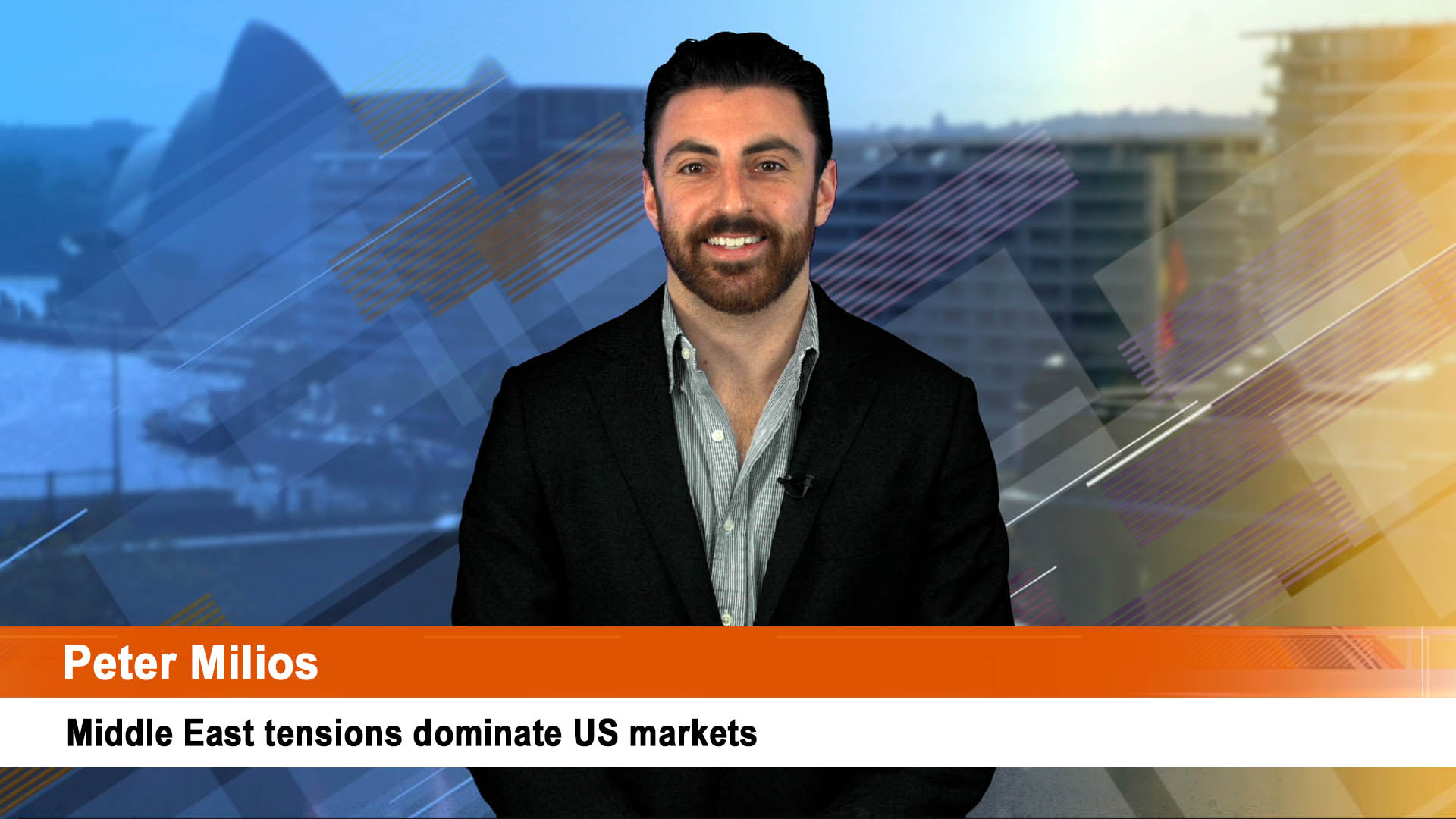While immediate reaction to the positive outcome of the meeting between President Trump and Xi Jinping at the G20 summit will be an early driver of markets in the week ahead, Thursday’s OPEC meeting and then Friday’s US jobs report for November will clearly dominate markets across the globe this week, heading into next weekend and beyond.
The two will overshadow the start of month surveys of global manufacturing and a host of key figures in economies such as Australia where the central bank meets for the last time in 2018 (see separate story).
(The Trump-China trade war saw a three month a truce called to allow more talks, lessening the risks to the Australian economy in 2019. it is an issue the Reserve Bank will be watching very closely at tomorrow’s December monetary policy meeting)
Even though the initial reaction to the G-20 meeting and the Trump-Xi talks is awaited by markets, the OPEC meeting on Thursday and US jobs report Friday will shape markets into 2019 – they could prolong the market boom, especially if the trade war is settled or a truce found.
The jobs report will give us an idea of the health of the US economy (which is showing some signs of getting tired).
A strong jobs report with a large number of new positions reported, a rise in wages and a jobless rate around the 3.7% mark will convince markets that the Fed will go on raising rates next year, after the last rate rise of the year to come at the central bank’s meeting final meeting for the year on December 18 and 19.
The AMP’s Chief Economist, Dr. Shane Oliver reckons there will be another solid gain in payrolls of around 200,000 new jobs (down from 250,000 in October), unemployment remaining at 3.7% and wages growth rising to around 3.2% year on year.
That should be enough to signal to markets that the Fed will continue lifting rates next year – the question, of course, is how many increases because the central bank seems to be trying to say that the key Fed interest rate could be getting towards an optimal (Neutral?) level (it will rise to 2.25% to 2.50% after the Fed meeting on December 18 and 19).
That meeting will also see new forecasts released by the Fed, as well as the now famous ‘dot plot’ which shows where Fed members thing interest rates will be in the near, medium and distant future.
Fed Chair Jay Powell is due to testify on “The Economic Outlook” before Congress’s Joint Economic Committee on Wednesday, US time.
Investors will look to see what tone Mr. Powell adopts following his remarks in New York last week that were deemed by investors to be softer on the outlook for more interest rate rises.
Adding to that will be the Fed’s Beige Book of anecdotal comments on the economy which will be used at the meeting the week after next. That which will be released on Wednesday as well.
Dr. Oliver says that in other US data the November manufacturing conditions index (tonight) is expected to edge down to a still strong 57.5, the non-manufacturing conditions (services) index (Wednesday) to ease to a very strong to 59.5 and the trade deficit (Thursday) to widen slightly.
There is also another round of shutdown risk in the US in the week ahead with the need for another “continuing government funding resolution” to avoid another US government shutdown from December 7 – this could create a bit of noise given Trump’s past threats to shut down the government if he doesn’t get funding for his Mexican wall.
Economists point out that a lot of spending measures have already been approved so the scale of any shutdown will be small with little economic impact.
Thursday’s OPEC meeting with Russia and several smaller non-member producers) looks like imposing a production cap of 1 million to 1.4 million barrels a day – smaller than the earlier 1.8 million barrels a day – if only to send a signal that oil prices should remain in the current range of $US50 to US70 a barrel and no lower.
The US will continue producing at record levels but the Saudis and Russia seem to be getting worried that prices could fall well under $US50 for uS crude and $US60 for Brent, the more important pricing benchmark crude type.
In Asia China’s Caixin manufacturing conditions index today will likely remain soft after the official survey of big manufacturers on Friday produced the lowest reading in a year and a half of 50 – which means the manufacturing is steady, not expanding. But it doesn’t mean growth has stopped, just slowed.
In Europe, the budget woes and the brawl between Italy and the EU will rumble on as will the protests in France against president Macron’s policies.
But Brexit will remain front and center with the crucial parliamentary vote for Theresa May’s Brexit plan due December 11. The UK Parliament will begin five days of debate tomorrow.
The Financial Times says “at least 90 Conservative MPs, the Democratic Unionist party and all opposition parties have pledged to vote against her deal. Liam Fox, one of the most senior Brexiters in the British cabinet, urged Eurosceptics to do “what is right for our country” and back Mrs. May’s withdrawal agreement.”
The Bank of Canada its rate decision on Wednesday, and economists expect the central bank to do nothing as oil prices have declined domestically and globally. Like the US Canada also releases employment figures later in the week.
In Australia the Reserve Bank is widely tipped to leave rates on hold for the 26th meeting in a row. “ e remain of the view that rates will be on hold out to second half 2020 at least with a rising risk that the next move will be a cut before a hike,” the AMP’s Dr. Oliver wrote at the weekend.
Wednesday’s growth and national accounts dominate the data front this week, along with November’s house prices to be reported on today by CoreLogic. Dr. Oliver says we can expect the slide in prices to continue, with the drop remaining along the East Coast.
October’s building approvals for October are out today and retail sales and trade figures, also for October on Thursday.
Figures later today will show September quarter data on wages, salaries, stocks, and sales. The current account report tomorrow is forecast to show a 0.2 percent contribution from net exports to September quarter GDP growth. Dr. Oliver says the September quarter GDP growth in Wednesday’s National Accounts is expected to come in at 0.6% quarter on quarter or 3.3% year on year helped by solid net exports and public demand but soft consumer spending and dwelling investment and weak business investment.
Economists at the National Australia Bank think it will be 0.5% quarter on quarter and 3.2% annual (the June rate was 0.9% quarter on quarter and 3.4% in the year to June).












